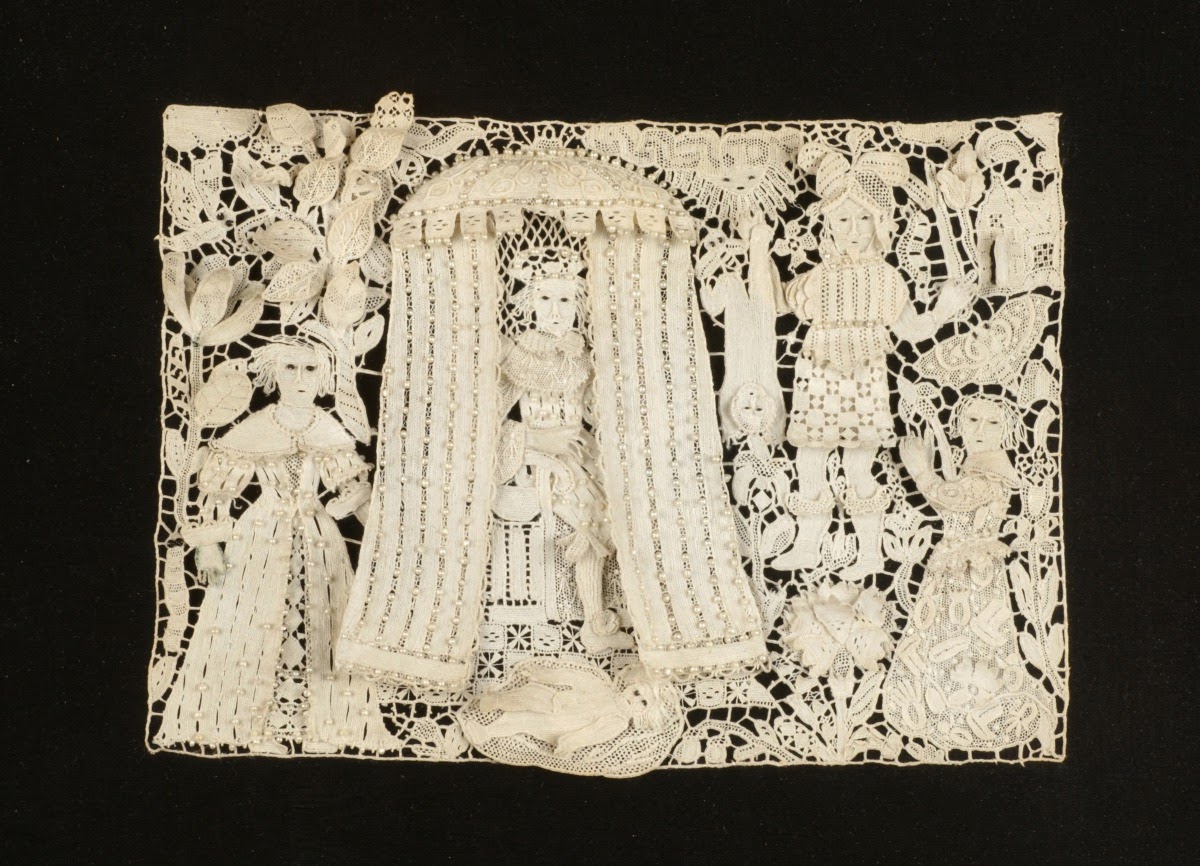Art and Museums
 A National Treasure, the Gertrude Vanderbilt Whitney Studio
A National Treasure, the Gertrude Vanderbilt Whitney Studio
Built in 1877, the Whitney Studio originally served as a carriage house until its conversion in 1907 to a studio and private salon for sculptor and arts patron, Gertrude Vanderbilt Whitney. As the eldest daughter of Cornelius Vanderbilt II, Whitney was well-known for stepping out of her society role to create art and advocate for fellow American artists, including John Sloan, Edward Hopper, Stuart Davis, and Joseph Stella, to name a few. more »
 Terror and Wonder: Exploring Gothic culture's roots in British literature
Terror and Wonder: Exploring Gothic culture's roots in British literature
Highlights of the exhibition include a vampire slaying kit and 18th and 19th century Gothic fashions, as well as one of Alexander McQueen's catwalk creations. Also on display is a model of the Wallace and Gromit Were-Rabbit, showing how Gothic literature has inspired varied and colourful aspects of popular culture in exciting ways over centuries. more »
%2BM%2Band%2BE%2BFeller.jpg) The Eye of the Needle: "Both needful and pleasant, and commendable in any woman"
The Eye of the Needle: "Both needful and pleasant, and commendable in any woman"
The seventeenth century saw periodic and often raucous pamphlet wars over the status, roles and education of women. Many girls attended school but the curriculum they followed prioritized the attainment of socially acceptable skills and moral worth over intellectual achievement. more »
 A Possible Poet-Ruler, The Schiava Turca; The Poet's Pen or the Painter's Brush
A Possible Poet-Ruler, The Schiava Turca; The Poet's Pen or the Painter's Brush
Parmigianino painted the Schiava Turca in the early to mid-1530s. The sitter wears an extravagant, almost theatrical costume comprised of a ball-shaped headdress, voluminous sleeves, and a striped garment with a plunging neckline. She holds an ostrich-feather fan in her left hand. In the early eighteenth century, when the portrait was in the collection of the Uffizi Gallery, the style of the woman’s costume inspired a cataloguer to invent the title 'Turkish Slave' by which she has since been known. more »






